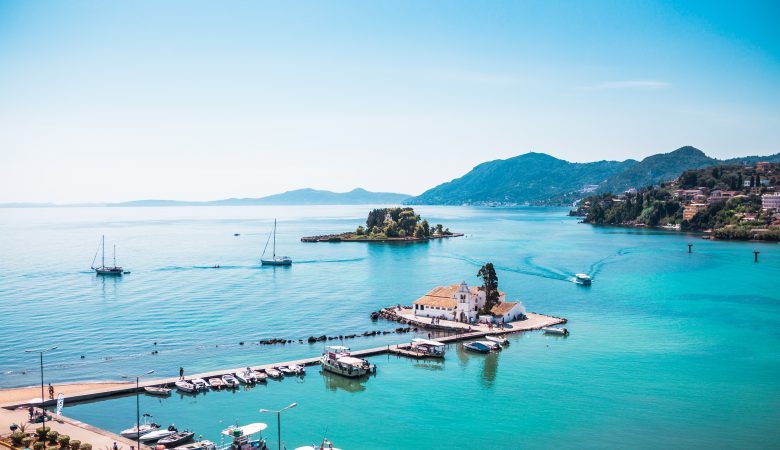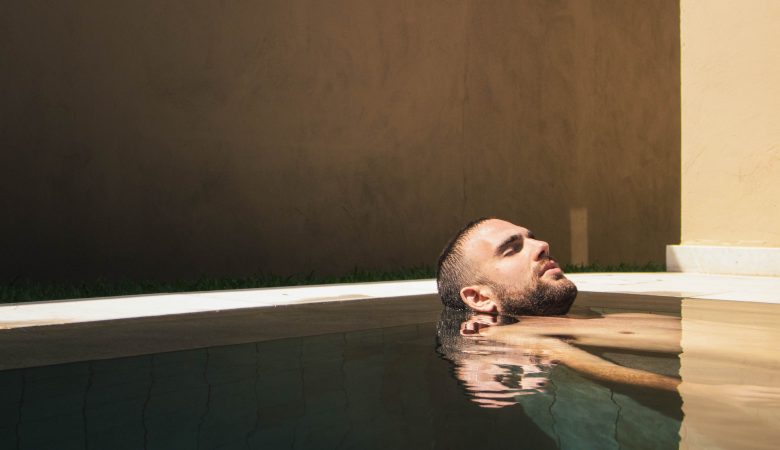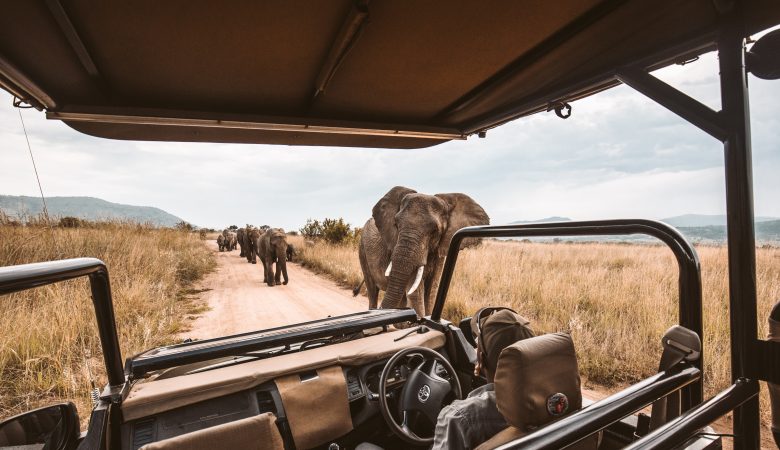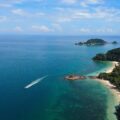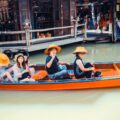Kakadu National Park: An Introduction
Nestled in the heart of Australia’s Northern Territory lies a treasure trove of natural wonders, cultural heritage, and breathtaking landscapes – Kakadu National Park. From ancient rock art to thrilling wildlife encounters, this UNESCO World Heritage site is a paradise for nature lovers and history enthusiasts alike. Join us as we explore the magic of Kakadu and discover why it’s considered one of the world’s most extraordinary destinations. Get ready for an adventure that will leave you speechless!
The History of Kakadu
Kakadu National Park is not just a beautiful natural wonder, but it also has a rich history that dates back to over 65,000 years. The park’s traditional owners are the Bininj/Mungguy people who have lived in and around Kakadu for tens of thousands of years.
For these traditional landowners, Kakadu is more than just a breathtaking landscape. It is their spiritual home and cultural heartland. Archaeological evidence shows that Aboriginal people used the area for hunting and gathering food as well as trading with other groups.
The arrival of Europeans in the late 19th century marked significant changes for the area’s Indigenous community. Missionaries arrived, bringing Christianity and Western ideals which had an impact on their culture.
In recent decades however, there has been a growing recognition of the importance of preserving both Kakadu’s natural beauty and its Indigenous cultural heritage. Today visitors to this stunning national park can learn about its fascinating past through guided tours led by local guides who share stories about ancient traditions passed down from generation to generation.
Rock Art of Kakadu
Kakadu National Park is home to some of the world’s most extensive and impressive rock art galleries, which are a testament to the long-standing cultural traditions of the region’s Indigenous inhabitants. The rock art at Kakadu dates back thousands of years and offers a glimpse into ancient life in Australia.
The park has over 5,000 recorded sites of Aboriginal rock art across its rugged landscapes. These artworks are not only visually stunning but also provide invaluable insights into prehistoric Australian society.
One unique aspect of Kakadu’s rock art is that it showcases various styles from different time periods. Some paintings depict early human figures with elongated limbs or animals that have since gone extinct, such as thylacines and marsupial lions.
Another remarkable feature is how these paintings were created using natural pigments that were mixed with water and applied by hand using brushes made from twigs or animal hairs. It’s fascinating how something so delicate has managed to survive for so many centuries.
Visitors can take guided tours with local Indigenous guides who will share their knowledge about the artwork, its significance, and provide an understanding of their culture through storytelling.
Visiting Kakadu National Park to witness its incredible collection of ancient rock art not only provides an education on Australian history but also leaves visitors in awe at the astonishing beauty preserved within this sacred site.
Wildlife of Kakadu
Kakadu National Park is home to some of the most incredible wildlife in Australia. The park houses over 280 species of birds, 60 different types of mammals, and numerous reptiles and amphibians.
One of the most popular animals to spot in Kakadu is the saltwater crocodile. These massive creatures are known for their aggressive behavior and can grow up to six meters long! Visitors can take a boat tour along the rivers or book a guided safari tour for an up-close encounter with these magnificent beasts.
Another fantastic animal found in Kakadu is the kangaroo. These iconic marsupials can be spotted hopping around throughout the park, especially during dawn and dusk when they are most active.
The Eucalyptus forests within Kakadu provide suitable habitats for numerous species of possums, bandicoots, wallabies, and other small mammals. The endangered Northern Quoll has also been sighted here – a rare opportunity to catch a glimpse at this elusive creature!
Birdwatchers would love spending time exploring the birdlife that resides within this national park. Some notable birds include Jabiru storks (the only breeding place on earth), kingfishers, eagles, brolgas dancing gracefully across wetlands while magpie geese honk noisily overhead.
Kakadu’s unique combination of diverse ecosystems provides visitors with endless opportunities to observe remarkable animals that thrive in distinct environments unlike anywhere else on Earth!
Kakadu Today
Kakadu National Park has come a long way since its establishment in 1979, becoming a UNESCO World Heritage site in 1981. Today, it is not only home to incredible rock art and diverse wildlife, but also offers a range of activities for visitors to enjoy.
Tourists can explore the park on guided tours or take self-guided walks along marked trails. The visitor centers located throughout the park provide information about the different areas and offer insights into Indigenous culture.
One of the most popular activities at Kakadu is cruising down Yellow Water billabong. Here you can witness an array of bird species such as Jabiru storks and brolgas, as well as saltwater crocodiles lurking beneath the surface.
For those interested in Indigenous culture, there are several opportunities to learn from local Bininj/Mungguy people through cultural tours that showcase traditional hunting techniques and bush tucker recipes.
Kakadu National Park continues to be protected by Parks Australia with ongoing conservation efforts aimed at preserving its unique biodiversity. With so much to see and do within this vast landscape, there’s no wonder why Kakadu remains one of Australia’s top attractions.
How to Visit Kakadu
Planning a trip to Kakadu National Park is easy with many tour operators and accommodation options available. Visitors can choose from camping, glamping, cabins or hotels depending on their preference and budget.
The park is open all year round but the best time to visit is during the dry season from May to October when water levels are low and wildlife is easily spotted. During this period, temperatures range from 20-30 degrees Celsius making it perfect for outdoor activities like hiking, swimming in waterholes or taking a scenic flight over the park.
Getting to Kakadu National Park is relatively easy with flights into Darwin International Airport followed by a 3-hour drive along sealed roads. Alternatively, visitors can opt for organized tours departing from Darwin or Katherine which include transportation and guided tours of the park’s attractions.
Kakadu National Park offers an unforgettable experience that combines ancient rock art, diverse wildlife encounters and breathtaking landscapes. Whether you’re interested in learning about Australian history or just want to immerse yourself in nature, Kakadu has something for everyone. So why not plan your next adventure today?



